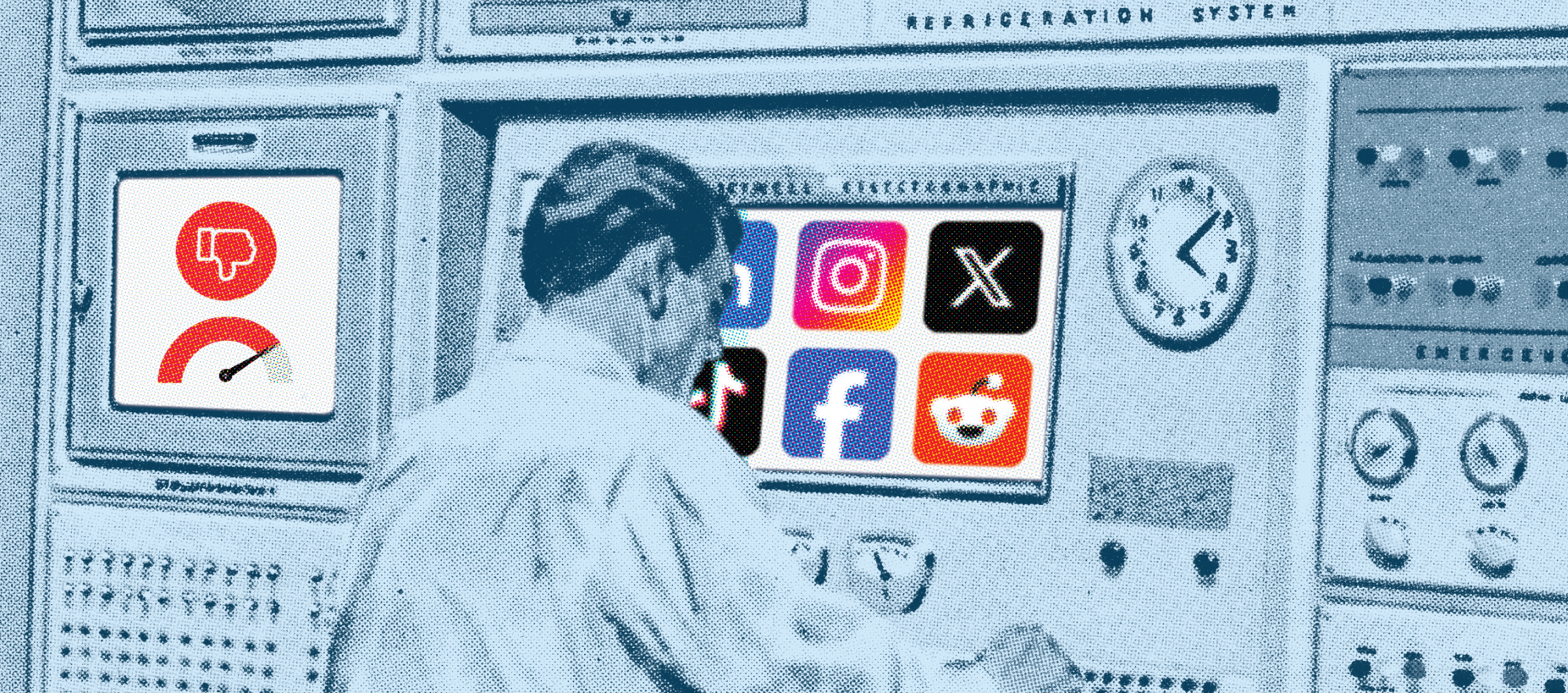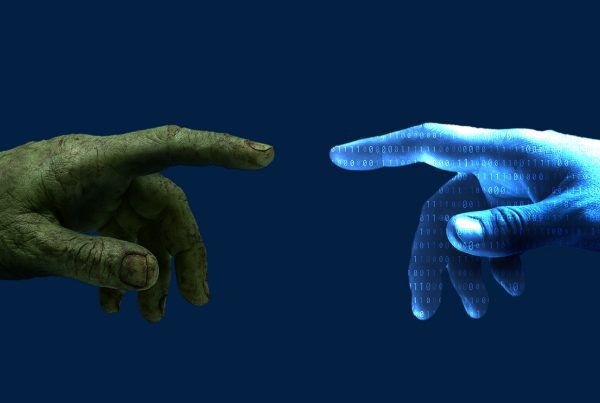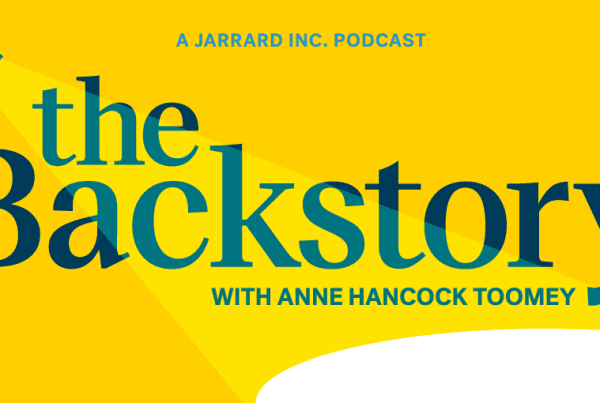The Big Story: The Health Information Journey
Concern about misinformation isn’t affecting online behavior. Most people are worried about misinformation, yet people still use tools that open the door for misinformation and selection bias.
The value of thinking small
By Tricia Geraghty and Tommy Barbee
2-minute read
Are you searching for answers to these questions?
- How do we combat misinformation?
- Should we weigh in on [insert latest health controversy]?
- How do we grow our audience to have an impact?
- Influencers are everywhere. Can we compete?
Frankly, the scope and scale of information – both high quality and otherwise – that’s now available to anyone is incomprehensible.
A challenge for healthcare organizations is to stand out against all the competitors and fellow purveyors of high-quality information. To show up and be visible and be listened to.
And there’s also the small matter of pushing back against misinformation, which is multiplying, not disappearing, in the online world.
Misinformation takes root because it’s emotional and compelling and, in its own way, satisfying. It’s candy to science’s kale and broccoli. (For a fascinating look into the phenomenon, check out this video from the New York Times.)
And aided by the relentless current of social media’s algorithms, it’s virtually impossible to stop the tide.
Our latest national consumer survey puts this in stark relief.
Seven in 10 people are concerned about the possibility of misinformation being presented online about health-related issues. Two-thirds are aware that algorithms are personalized, showing each of us more of anything in which we have already shown interest.
How concerned are you with the possibility of misinformation being presented online about health-related issues?
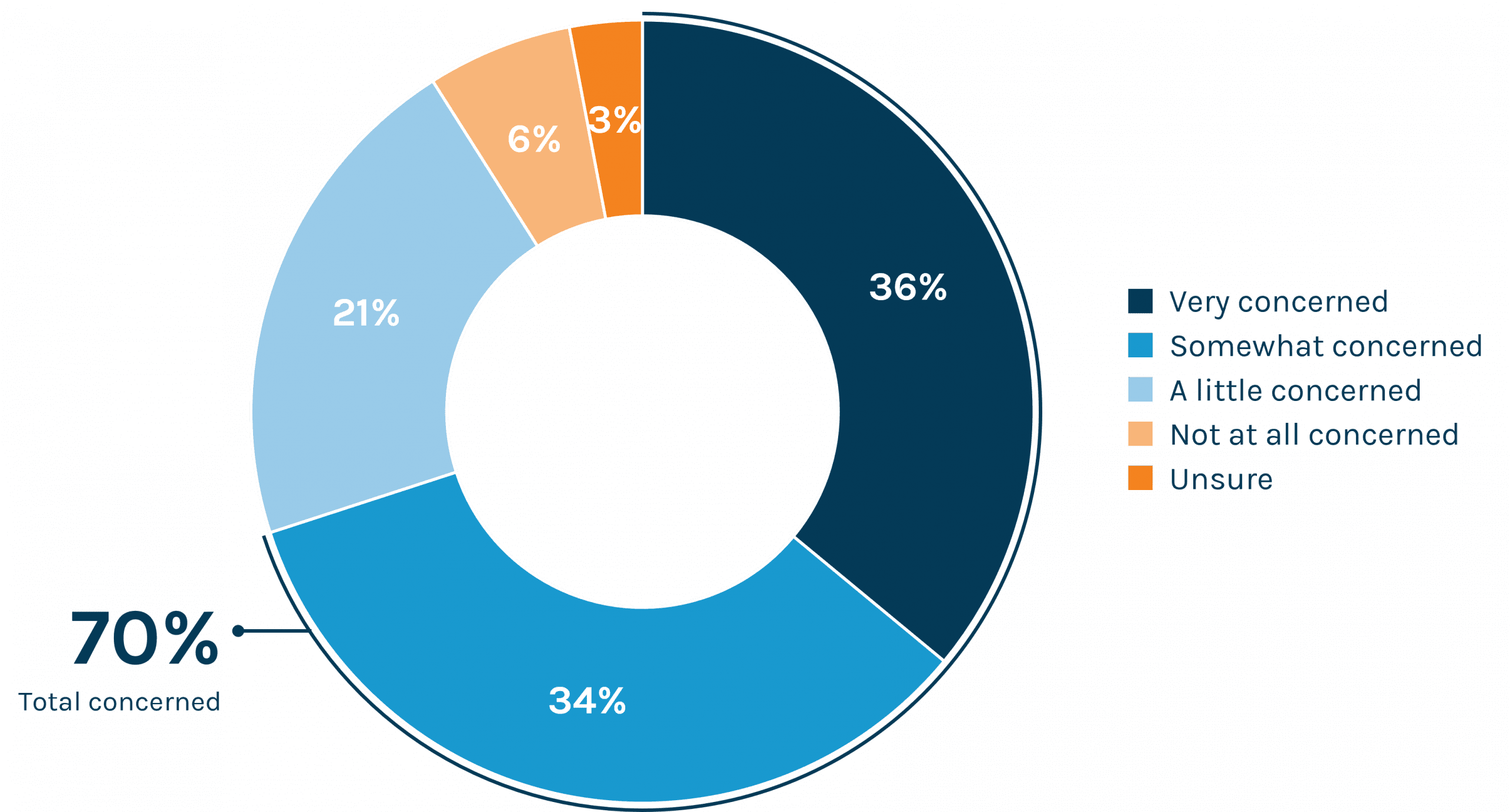
Google, YouTube and social media sites use algorithms to present users with content/search results that are tailored to each individual user – meaning that the search results aren’t necessarily representative of the best information but the information that the search engine or social media platform thinks you want to see.
Were you aware of this before taking this survey?
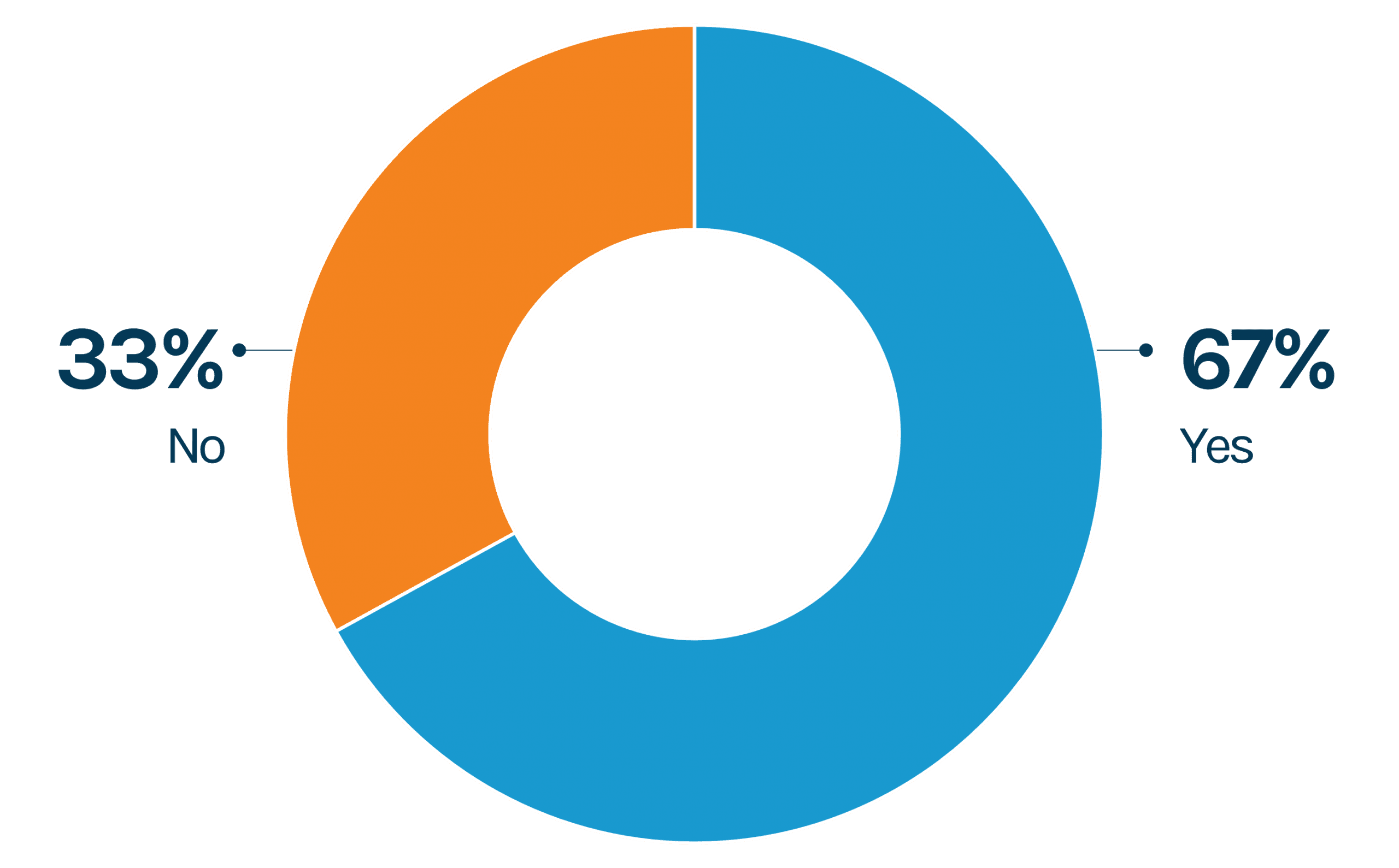
Despite those concerns, our study shows that healthcare consumers are still flocking to online sources, whether medically trained and vetted or not. Convenience coupled with the thinking that “misinformation may be a problem for others, but I can sort it out” leads us to keep doing it, with the high probability that we’ll at least stumble across some of the bad along with the good.
Of course, healthcare organizations have a responsibility, mission and a desire to get more of that legitimate information in front of people. It’s good for the health of the community and good for your brand.
But rather than trying to do it all, do what you can.
Focus on getting some information in front of some people. Not all of it in front of everyone. Join the conversation in a local – or focused – way. Narrower involvement flips the overwhelming prospect of tilting at misinformation windmills into something exciting and approachable and doable.
Start here:
- Build emotionally compelling content that is data-driven.
- Take full advantage of the public’s trust in clinicians – including on social media – and empower these key messengers.
- Grow your local or targeted audience by focusing on issues that are most important to your patients and consumers.
- Constantly evaluate how your organization shows up online, which today includes not just SEO but also GEO (Generative Engine Optimization) for AI.
- Revisit key audience personas to ensure you’re targeting moments and channels that resonate.
Maybe another social media trend offers the best way to think about it all: Don’t ignore the rise of the micro-influencer. A trusted voice doesn’t need millions of followers to make a local impact. Whether your digital team takes the approach of operating like a micro-influencer to be present for the patients you’re trying to educate and attract, or whether you partner with actual local influencers, Staying Small can have a big effect.
Contributors: David Shifrin, Isaac Squyres, David Jarrard, Emme Nelson Baxter
Image credit: Shannon Threadgill
